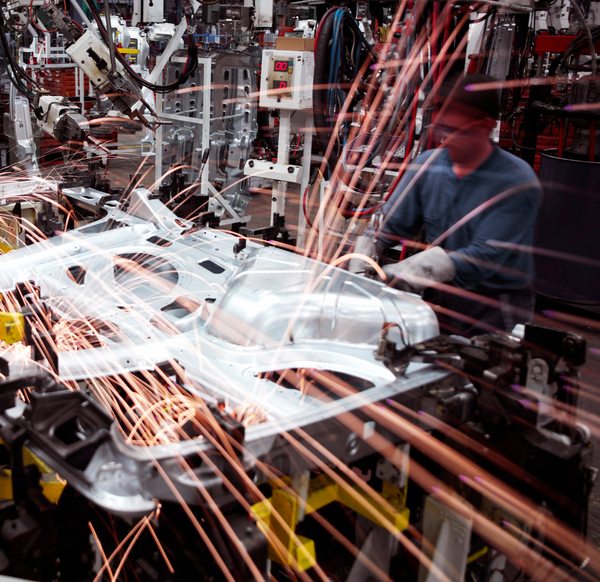Robotic welding is a powerful tool that can significantly boost productivity in manufacturing environments, whether you're running a large-scale operation or a small workshop. However, the initial investment in robotic welding systems can be substantial. To ensure a quick return on investment (ROI), it's essential that your robotic welding equipment runs at its best. But how do you make sure your robotic welding system is performing at its peak? What steps can you take to maximize efficiency and realize ROI faster? There are four key strategies that can help you get the most out of your robotic welding systems over their entire lifespan. These approaches not only improve performance but also reduce downtime and enhance weld quality. Maintaining your robot on a consistent basis is crucial. A well-maintained robot stays accurate and reliable, which leads to better welds and higher production output. Skipping routine maintenance can lead to unexpected breakdowns and costly repairs down the line. The quality of your welding wires, contact tips, nozzles, and guns plays a big role in overall performance. Even small inconsistencies in wire feeding can cause defects in the weld. Choosing the right consumables ensures smoother operations and fewer interruptions. Even the most skilled welders need ongoing training to keep up with new technologies and best practices. As robotic welding systems evolve, so should your team’s knowledge. Regular training helps operators troubleshoot issues more effectively and maintain optimal performance. With the rise of the Industrial Internet of Things (IIoT), it's now possible to collect and analyze real-time welding data. This data provides insights into process inefficiencies that would otherwise go unnoticed. By monitoring individual welds and overall system performance, you can identify areas for improvement and optimize your workflow. By following a strict maintenance schedule, using high-quality materials, providing continuous training, and capturing welding data, your robotic welding system will operate at its full potential. This not only improves efficiency but also supports long-term cost savings and productivity gains. Robotic welding has the power to transform your manufacturing process, but only if everything is working together smoothly. Implementing these four strategies can make a significant difference in how well your system performs. If you're looking to enhance your robotic welding performance, consider how Genesis Systems Group can help you achieve measurable ROI through advanced solutions and expert support. Mill Auxiliary Equipment And Supporting Equipment Environmental Dust Removal Equipment,Mill Auxiliary Equipment,Mill Supporting Equipment,Pressure Pneumatic Conveying Systems Sichuan Shichuang Micro Nano Technology Co.,Ltd , https://www.scwnpowder.com4 Ways to Boost Robotic Welding Performance

How to Maximize Robotic Welding Performance
1. Stick to a Regular Maintenance Schedule
2. Use High-Quality Wires, Consumables, and Guns
3. Invest in Continuous Operator Training
4. Leverage Data from Your Robotic Welding System
